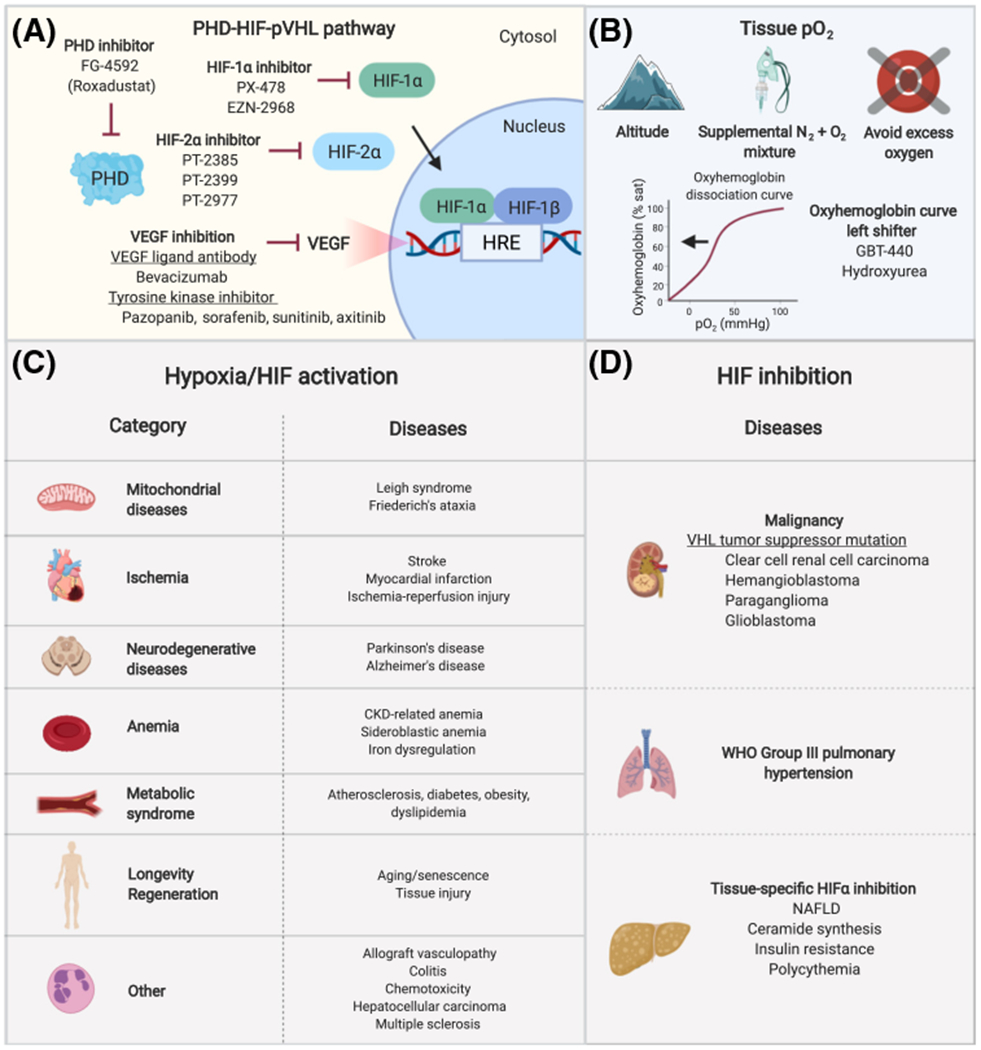Figure 4. Hypoxia Response Therapy and Candidate Diseases Amenable to Hypoxia/HIF Activation or HIF Inhibition.

(A) Medications and novel small-molecule compounds that inhibit prolyl hydroxylase domain (PHD) proteins, HIF-1α, HIF-2α, and VEGF have shown clinical benefit in preclinical models and clinical trials [153,154,183,185,233]. PHD inhibition increases the HIF transcriptional response by preventing HIF hydroxylation, whereas HIF-1α and HIF-2α inhibition downregulate the HIF response. (B) Hypobaric hypoxia can be achieved by ascent to altitude or use of hypobaric hypoxia chambers, which simulate hypoxia by reducing atmospheric pressure. Normobaric hypoxia can be achieved by delivery of a mixture of nitrogen and oxygen gases and pressure swing adsorption systems. Tissue hypoxia can be mimicked by administration of oxyhemoglobin curve left shifters. Certain mitochondrial diseases are associated with tissue hyperoxia and preclinical studies show that pathologic phenotypes can be ameliorated by hypoxia exposure. In these conditions, excess oxygen should be avoided unless clinically indicated. (C) Category and examples of diseases that can potentially be treated with hypoxia or HIF activation (e.g., PHD inhibition). (D) Candidate diseases that can be treated with inhibition of the HIF response (e.g., HIF or VEGF inhibition). Abbreviations: CKD, chronic kidney disease; HIF, hypoxia-inducible factor; HRE, hypoxia response element; NAFLD, non-alcoholic fatty liver disease; PHD, prolyl hydroxylase domain protein; pO2, oxygen tension; VEGF, vascular endothelial growth factor; VHL, von Hippel-Lindau tumor suppressor protein; WHO, World Health Organization.
